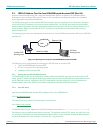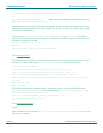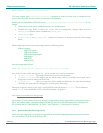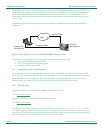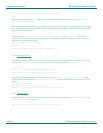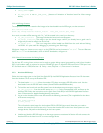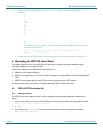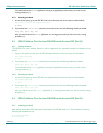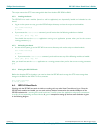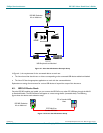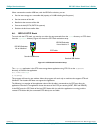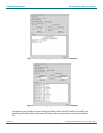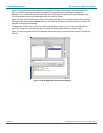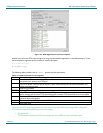
Philips Semiconductors ISP1362 Linux Stack User’s Guide
UM10012-_2 © Koninklijke Philips Electronics N.V. 2003. All rights reserved.
User’s Guide Rev. 1.2—July 2003 19 of 34
5. Write the following in a temporary file, say TempData, and give the file as an input to the fdisk
command
x
h
1
c
1024
2
16
r
n
p
1
p
w
The following values are made for an OTG mass storage disk of size 8MB. Use the following
command on the host PC:
#fdisk /dev/sd[X] <TempData Where [X] could be (a/b/c/…z)
#mkdosfs –I /dev/sd[X]1
6. Unload and close the ISP1362 stack from the target system. Now the target system is ready for use.
4. Operating the ISP1362 Linux Stack
This chapter explains how to run the ISP1362 Linux stack after it has been successfully installed using the
procedures explained in the previous chapter.
In the OTG configuration, the ISP1362 Linux stack will act as a:
• USB host on the standard USB port.
• USB mass storage device on the OTG port when connected to a standard USB host via a Mini-B Standard-B
cable.
• USB OTG mass storage device on the OTG port when connected to other OTG devices.
For the limitations of the stack, refer to the Release Notes ISP1362 Linux Stack document.
4.1. ISP1362 PCI Evaluation Kit
4.1.1. Loading the Stack
The ISP1362 Linux stack modules (kernel as well as application) are dynamically loaded and unloaded to the
kernel.
1. Log on to the system as root, go to the ISP1362 Linux source directory and use the script to load modules.
#cd /usr/src/linux-otg/1362/source/objs
#./imod
2. If you execute the /sbin/lsmod command, you will notice that the following modules are loaded:
mscd, pdc, phci, otg, hal



